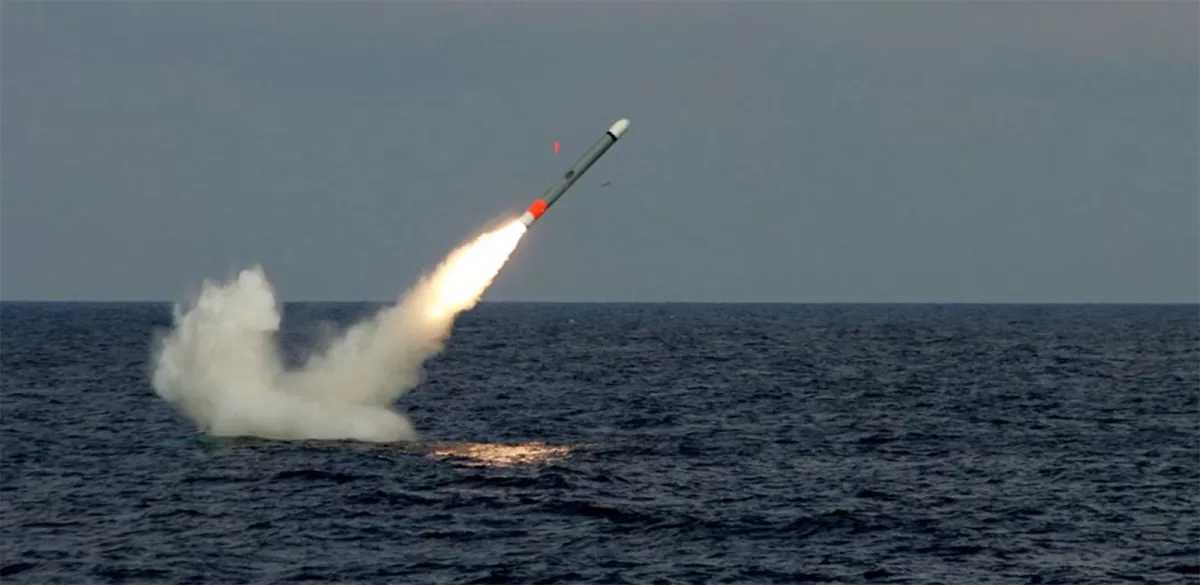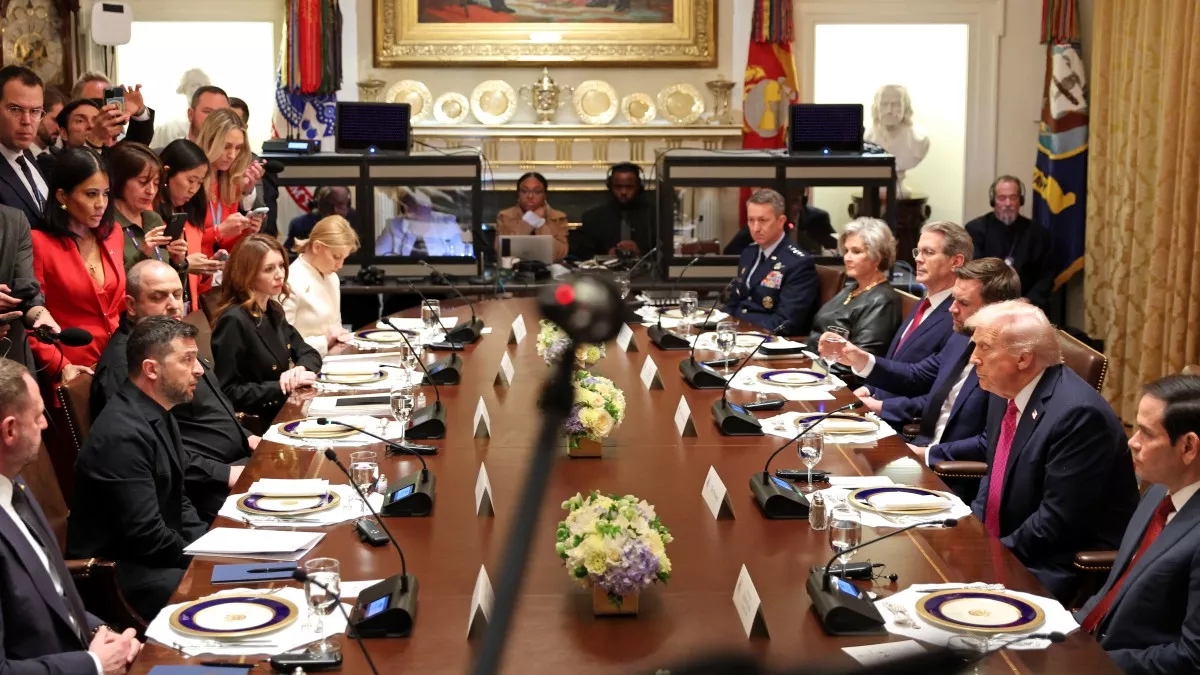Tomahawk dilemma: pressure Moscow or risk escalation?
Ukraine's President Volodymyr Zelenskyy left the White House on October 17 without securing US approval for Tomahawk missiles, after President Donald Trump hesitated to authorize the supply, warning that the “dangerous” weapons could further escalate the war.
In recent remarks, Trump said he has “not ruled out” providing US-made Tomahawks to Ukraine if Russia continues to resist peace talks. However, following a recent phone call with Russian President Vladimir Putin, Trump appeared more cautious, The Washington Post reported.
Trump’s reluctance dealt a setback to Kyiv, which has been pushing for the long-range cruise missiles as a means to pressure Moscow. “We see and hear that Russia is afraid that the Americans may give us Tomahawks — that this kind of pressure may work for peace,” Zelenskyy said on October 12.
While Tomahawks could greatly expand Ukraine’s strike range against Russian targets, their deployment also raises concerns that additional US firepower might heighten tensions with Moscow.

Missile’s “dangerous” capabilities
The Tomahawk is a long-range cruise missile first conceptualized in the early 1970s during the Cold War, designed to carry either nuclear or conventional warheads. Developed by manufacturers General Dynamics and later Raytheon, it entered service in 1983 and remains a cornerstone of US precision strike capability. The missile flies at low altitude, using advanced terrain navigation and radar evasion systems to reach its targets at high subsonic speeds.
In June 2025, as part of the “Midnight Hammer” operation amidst the 12-day War between Israel and Iran, a US submarine fired 30 Tomahawk missiles at nuclear targets in the Islamic Republic, destroying the underground facility at Fordow.
After the 1987 Intermediate-Range Nuclear Forces (INF) Treaty led to the dismantling of Tomahawk’s land-based launchers, the US restored many systems following its withdrawal from the treaty in 2019 during Trump’s first term.
“The missile’s low-altitude flight is its most important feature,” said Ukrainian military expert Kostiantyn Kryvolap in an interview with Deutsche Welle. “It makes the best use of terrain-contour-matching technology available for cruise missiles,” he added, calling it the longest-range, non-nuclear cruise missile in the Western arsenal.

How Tomahawks could pose a problem for Russia
Originally deployed in 1983, Tomahawks have been used effectively by US forces in Iraq, Libya, and Syria. According to Andriy Kovalenko of Ukraine’s Center for Countering Disinformation, the missiles proved effective in disabling Russian air defence systems in Syria in 2017 and 2018.
Tomahawks’ complex navigation systems leave adversaries only seconds to respond once detected, Kovalenko told DW. Intercepting them requires “a dense network of low-level radars, rapid targeting, and synchronized air defence.”
“Russian [defence] systems covered Syrian targets at the time but failed [to down Tomahawks],” he said, adding that the missiles are “especially effective when launched in salvos, as overloading air defences increases their success rate.” He also noted that Russian S-400 and Pantsir systems are “weak against Tomahawks.”
Defence Express editor-in-chief Oleh Katkov explained that their range— would allow Ukraine to strike “key military targets deep inside Russia,” potentially crippling “a number of Russian arms factories.”
As DW explains, the missiles’ range of up to 1,600 kilometers would allow Ukraine to aim at Russian targets such as the drone plant in Yelabuga, Tatarstan, and the Engels-2 airbase in Saratov — used by Russia for bomber operations. Citing the US-based Institute for the Study of War (ISW), the article added that up to 2,000 Russian military sites could be within Tomahawk reach.
Forcing Putin’s hand
Trump’s apparent change of tone came a day after his call with Putin, during which both agreed to hold a summit in Budapest.
During the opening remarks of the White House working lunch with Zelenskyy, Trump said he hoped to end the war “without thinking about Tomahawks,” emphasizing that the missile is one America “needs.”
Putin has previously dismissed the missiles as posing “no serious threat” to Russia but warned that supplying them to Ukraine would represent “an entirely new, qualitatively different, escalation” in US-Russia relations. Kremlin spokesperson Dmitry Peskov, however, was more candid, telling Russian state TV that potential Tomahawk deliveries were causing “extreme concern” in Moscow.
Former US ambassador to Ukraine John E. Herbst told the German outlet that Trump’s eventual decision to approve Tomahawks would likely come only if Putin rejects his peace proposals. “Kremlin hysteria over a possible delivery of these weapons to Ukraine shows it could influence Putin's policies,” Herbst said. While Tomahawks alone may not determine the war’s outcome, he added, they could “send a strong signal to Putin and push the Kremlin toward peace negotiations.”
By Nazrin Sadigova








